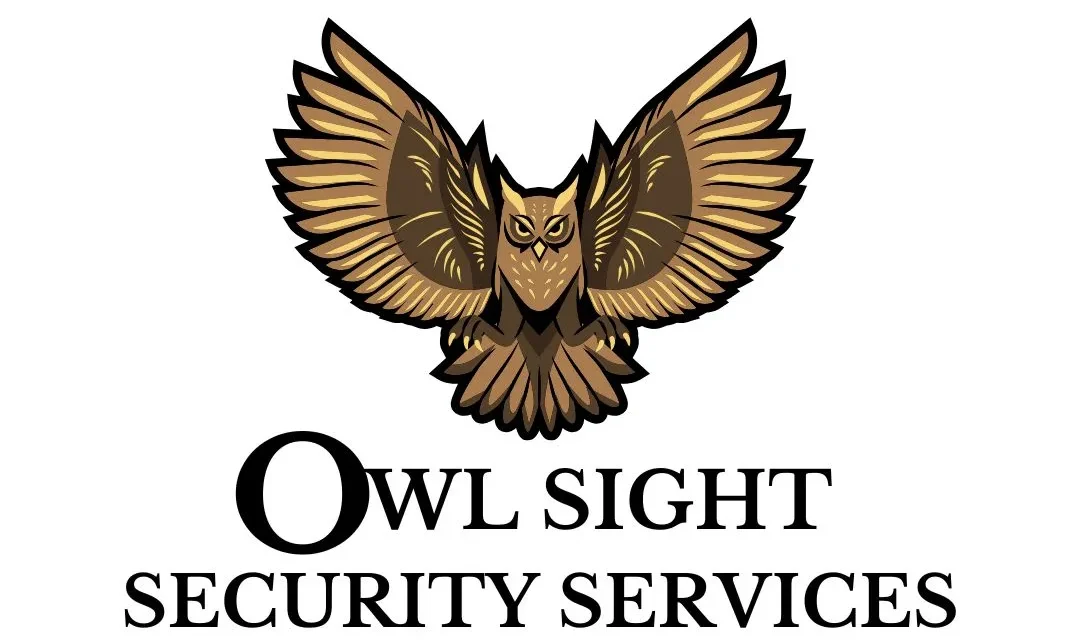
Fumigation is a necessary process for treating pests, but it also creates conditions that attract unwanted visitors. Understanding why fumigated homes attract trespassers helps property owners anticipate risks and take the correct precautions. When a home is tented, it is clearly marked as unoccupied, and this signals a temporary opportunity for break-ins. Criminals recognize that no one is inside and that visibility is reduced. This creates a heightened vulnerability.
Tented homes often block camera views, disable lighting, or disrupt regular activity patterns. These factors make it easier for intruders to approach without detection. Learning security strategies to stop fumigation trespassing ensures property owners can maintain protection during the entire treatment period. Without a preventive plan, the risk of theft and damage increases significantly. Awareness allows for stronger preparation. Coordination supports stronger oversight.
This issue is particularly common in areas like Long Beach, where dense neighborhoods and short-term vacancies increase the likelihood of targeted activity. With proper planning and professional help, owners can protect their homes from unauthorized entry while the fumigation process takes place. A strategic approach ensures homes remain secure until the tenting is removed. Strong planning supports safe conditions. Proper oversight reduces overall risk.
Why Fumigation Creates an Opportunity for Intruders
To understand why fumigated homes attract trespassers, it is important to examine what the process signals to criminals. Tenting a home makes it visually obvious that no occupants will be present for at least 24 to 72 hours. This predictable vacancy attracts individuals seeking access to valuables or private belongings. The visible tent communicates temporary abandonment. Clear exterior cues contribute to vulnerability.
In many fumigation setups, outdoor cameras become blocked or partially obstructed. This reduces visibility and eliminates one of the primary tools homeowners rely on for monitoring their property. Criminals take advantage of these blind spots. Reduced surveillance creates opportunities for unlawful entry. Limited visibility enhances intrusion attempts.
Additionally, safety signs and posted restrictions confirm that the property is unsafe to enter due to chemicals. While these warnings deter normal activity, they also confirm that no visitors or workers will intervene during the fumigation period. Trespassers view this as an opportunity to enter without interruption. The absence of foot traffic encourages criminal activity. Reduced movement increases exposure.
Common Techniques Trespassers Use During Fumigation
Once criminals identify a tented home, they may attempt to enter through vulnerable points such as back windows, unsecured side gates, or poorly lit areas. This behavior becomes more common at night when visibility is low. Learning security strategies to stop fumigation trespassing helps owners block these paths before fumigation begins. Preventive steps decrease exposure. Strong preparation reduces risk.
Some trespassers remove small portions of the fumigation tarp or lift edges to crawl underneath. They often do this in areas not easily seen from the street. These entry points make detection difficult. Guards and security professionals can monitor these weak spots directly. On-site observation improves detection.
Criminals also take advantage of hoses, tools, or equipment left behind by fumigation crews. These items may unintentionally create openings or make access easier. Removing unnecessary equipment from the site further reduces opportunities. Organized preparation strengthens site protection. Securing the perimeter reduces unauthorized access.
Hiring Professional Security During Fumigation
One of the strongest preventive measures is to hire professional support such as fumigation security guard services. These services provide trained guards who monitor the home continuously during the fumigation process. Their presence significantly reduces intrusion attempts by ensuring someone is always on-site. Human oversight improves deterrence. On-site monitoring increases protection.
In areas where fumigation incidents are more common, specialized teams such as fumigation security guards in Long Beach offer local experience and knowledge. They understand the patterns of trespassing and how criminals typically approach tented properties. This allows them to maintain surveillance over the most vulnerable access points. Experienced monitoring reduces risks. Local knowledge strengthens effectiveness.
Working with a reliable security guard company ensures that guards are trained, equipped, and prepared to respond. These companies provide documentation, patrol patterns, and site-specific strategies to maintain the safety of the property. Their structured approach supports home protection until fumigation is complete. Professional involvement improves reliability. Organized systems ensure consistent coverage.
Strengthening Physical Barriers and Lighting Before Fumigation
Taking preventive action before the fumigation team arrives helps reduce vulnerability. Securing doors, windows, and exterior entrances can block opportunities for intruders. Homeowners should check locks, reinforce weak frames, and secure sliding doors. These steps address one of the primary reasons why fumigated homes attract trespassers. Reinforced entry points limit intrusion attempts. Strong barriers increase protection.
Lighting and visibility improvements can also reduce criminal activity. Motion-activated lights around the property make it harder for trespassers to approach undetected. Although the tent may limit full effectiveness, exterior lighting still provides meaningful deterrence. Bright surroundings discourage unwanted behavior. Consistent illumination supports awareness.
Removing valuable items from visible areas reduces temptation. Intruders often target homes where electronics or personal valuables are visible from windows or doorways. By repositioning these items before fumigation begins, homeowners reduce interest from potential trespassers. Minimizing visible valuables reduces risk. Prepared spaces discourage targeted entry.
Control Access to Outdoor Areas
Fencing, locked gates, and secured alleyways help reduce access to hidden areas around the property. These barriers restrict movement and add another layer of protection during fumigation. Strong boundary control reinforces site safety.
Using Security Technology to Support On-Site Monitoring
Some homeowners choose to use temporary surveillance equipment designed for fumigation periods. Portable cameras, battery-powered units, and external sensors can help maintain visibility even when tents block standard devices. These tools assist in implementing security strategies to stop fumigation trespassing. Temporary monitoring strengthens surveillance. Flexible tools adapt to the environment.
Remote alerts notify homeowners or property managers when motion is detected near restricted areas. While not a replacement for physical guard presence, these alerts increase awareness. Real-time updates provide early warnings of suspicious behavior. Enhanced awareness improves response potential.
Advanced tools such as mobile lighting towers or exterior alarm systems can also be added for temporary use. These systems create layers of visibility and sound that discourage criminal behavior. Supplemental technology supports on-site guards. Combined strategies improve overall protection.
Coordinating With Pest Control Teams for Stronger Security
Fumigation companies often provide a schedule of entry and exit times. Property owners can use this information to coordinate additional security measures and determine when the property is most vulnerable. This planning supports understanding why fumigated homes attract trespassers and how to block unwanted access. Clear schedules support timely preparation. Proper coordination reduces gaps.
It is helpful to communicate access control expectations with the fumigation team. Owners can request that unnecessary equipment be removed and that tarp openings remain secure at all times. This reduces opportunities for forced entry. Joint cooperation improves property safety. Clear instructions support stronger site control.
Once fumigation is complete, property managers should verify that no unauthorized entry occurred. This includes checking for tampered areas, damaged locks, or missing property. Early review supports effective incident response. Post-treatment inspection strengthens long-term safety. Organized follow-up confirms full security restoration.
Conclusion
Understanding why fumigated homes attract trespassers helps owners anticipate vulnerabilities before treatment begins. By strengthening physical barriers, improving lighting, and coordinating with fumigation teams, property owners can significantly reduce the likelihood of intrusion. Advanced planning ensures the home stays secure while it is unoccupied. Effective preparation supports stronger protection.
Applying effective security strategies to stop fumigation trespassing requires combining technology, professional guarding, and structured monitoring. Whether through specialized fumigation guards, additional lighting, or strategic perimeter control, each measure contributes to a safer property during treatment. A layered approach improves overall stability. Active oversight helps maintain safety throughout fumigation.
For reliable property security during fumigation, contact Owl Sight Security Services at 818-818-3307 to request a quote. Our team provides professional monitoring, strong perimeter protection, and full-service support through dependable security services in Long Beach from a trusted security guard company.




